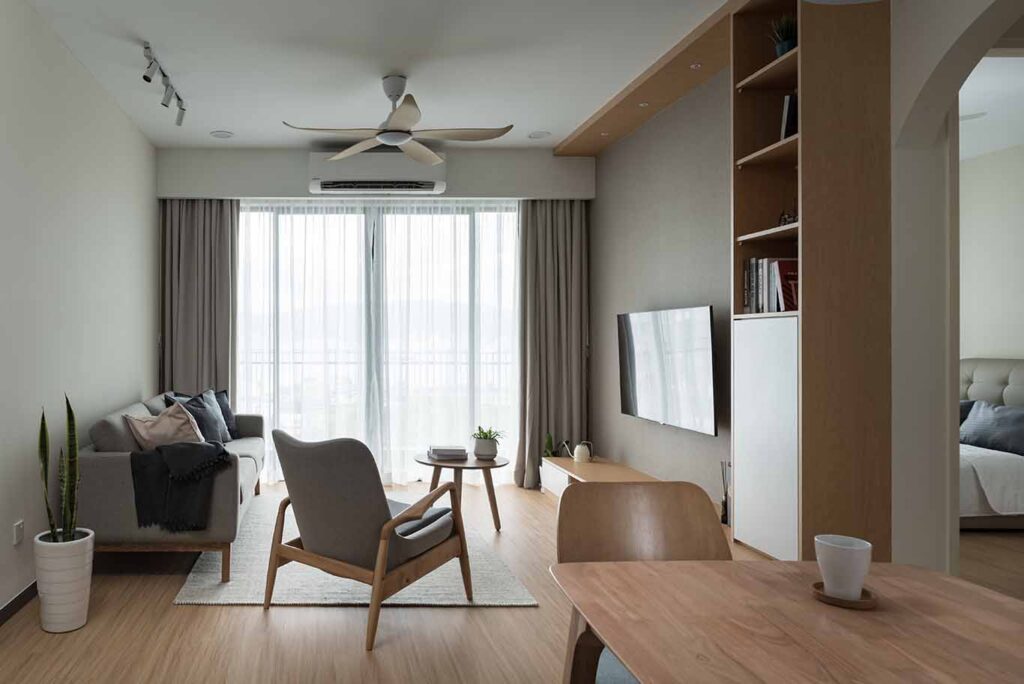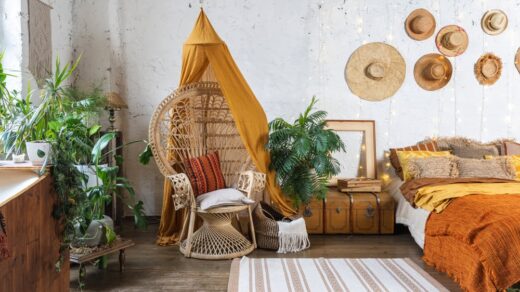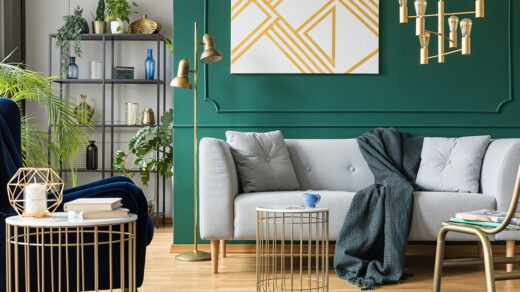Designing interiors is an art that transcends the simple act of placing furniture in order and deciding on the color scheme. It is a comprehensive method of transforming rooms into peaceful environments that convey an impression of elegance functionality, aesthetics, and emotional connections. It doesn’t matter if it’s a comfortable living space, a chic office or a tranquil bed, design in the bedroom can have the potential to impact the mood of our guests, improve your well-being and show the persona we have. In this piece we’ll explore the basic principles of interior design, and the ways they can be used in creating areas that are attractive and practical.
One of the main factors in designing interiors is the balance. To achieve balance, you must distribute visually weight equally across a space, regardless of the layout of furniture, arrangement of art work, or through the use of colors. The symmetrical balance in which the elements are mirror-like on each the opposite side of an axis central it creates a feeling of formal elegance. On the other hand, the asymmetrical approach allows for a more vibrant and diverse appearance. The right balance for an area creates aesthetic equilibrium that appears harmonious to the eyes.
One of the most important aspects in interior designing is using of colors. The color of a room can determine the mood and atmosphere of an area. Warm hues like orange, red and yellow are able to provide a welcoming and cozy environment, whereas cool colors such as green and blue provide a sense of tranquility and peace. The understanding of color theory and the psychological impact of color theory helps interior designers choose the right colors that are in line with the mood desired and function of the room. Additionally, the deliberate utilization of colors with accents could bring visual excitement and make areas of interest within the space.

The planning of space can be an essential aspect of interior design particularly in smaller or unusually-shaped spaces. It is the process of deciding on the ideal arrangement of furniture and other accessories that will maximize function and flow. Space planning that is effective takes into account the intended use of the space as well as the various activities that occur within it as well as the requirements of inhabitants. Through careful consideration of how people move around, designing storage options, and making sure there is sufficient lighting, an interior designer can make the space that is crowded into a welcoming and practical place. For more information please visit here Spadesconcept
The role of texture is crucial in interior design. It adds the illusion of depth and tactile appeal to an area. When incorporating various different textures, like silky materials or rough wood surfaces or shiny metallic finishes Designers can make an aesthetic contrast as well as a rich and layered atmosphere. The use of textures not only improves the appearance of a space but they also create a sensory experience, adding depth and warmth to the overall style.
Lighting is a key aspect of interior design and will significantly impact the atmosphere and function of an area. Light that is natural light is extremely desirable since it gives a feeling of spaciousness as well as an outdoor connection. If the natural light is scarce, artificial lighting options, like overhead lighting as well as task lighting and accent lights can be cleverly used to highlight diverse areas and provide different atmospheres. The right lighting layout can change the space from being dull and uninteresting to lively and welcoming.


